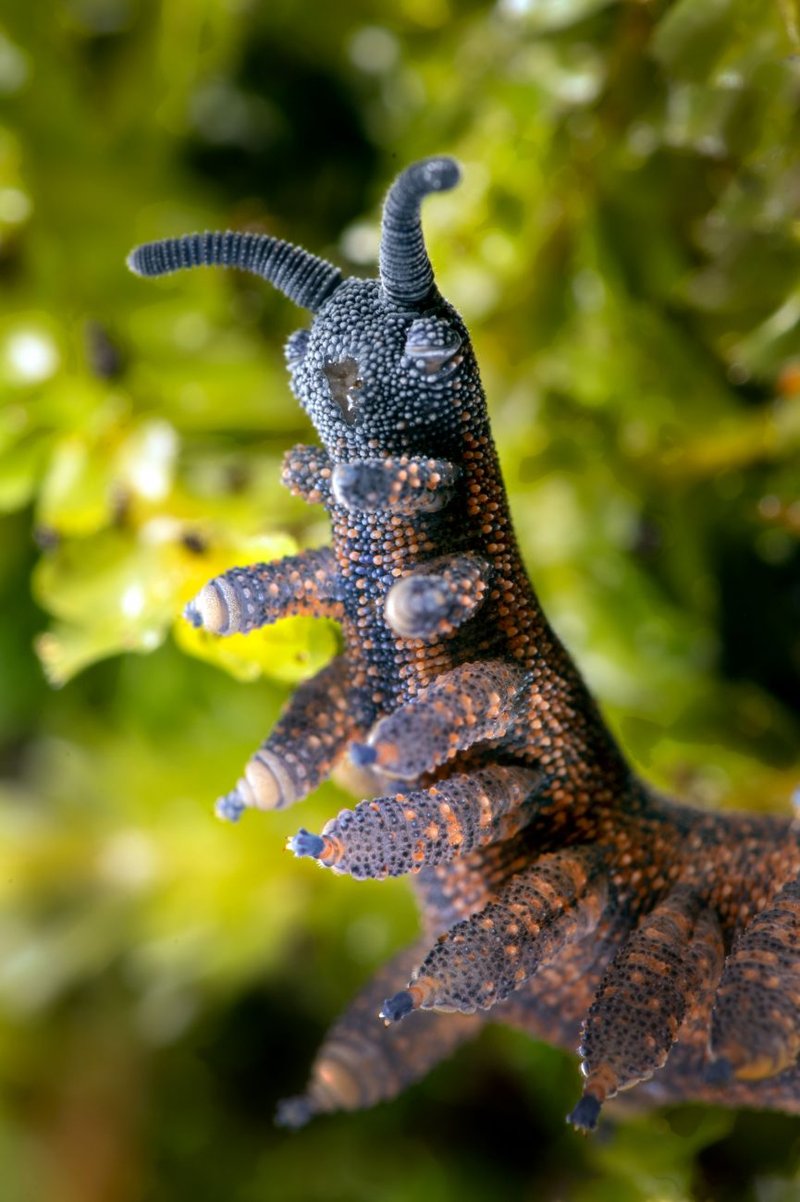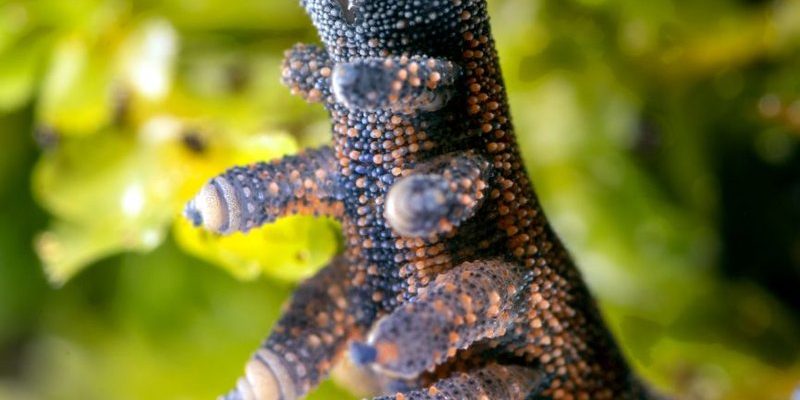
So, can velvet worms thrive in urban green spaces? Think about it like this: just as some plants adapt to concrete jungles and still manage to bloom brilliantly, a few creatures can also call these urban oases home. Let’s dig into the world of velvet worms and see if they’ve found a way to live alongside us in our parks and gardens.
What Are Velvet Worms?
Velvet worms, or **onychophorans**, are soft-bodied invertebrates that have been around for millions of years. Imagine a creature that looks like a tiny caterpillar, complete with legs that almost seem to wiggle as they move. There are over 300 species of these critters, and they can be found in various habitats, ranging from deep forests to the leaf litter of tropical areas.
These fascinating creatures are known for their unique method of hunting. Instead of using claws or strong jaws, velvet worms spray a sticky substance to subdue their prey—usually small insects. Think of it as nature’s version of a web shooter! This hunting technique, paired with their unassuming appearance, makes them rather effective predators.
Despite their somewhat bizarre looks, velvet worms are a crucial part of their ecosystems. They contribute to the decomposition process and help control insect populations. But can they survive in our city parks?
Urban Green Spaces: An Overview
Urban green spaces can range from sprawling parks to small community gardens. These areas serve as vital lungs for our cities, providing a home for various plant and animal species. When you think about it, they are like tiny ecosystems nestled amid concrete and asphalt. But what does this mean for creatures like velvet worms?
**Urban parks** often contain a mix of native and non-native plants, which can create a diverse habitat. They can support a host of wildlife, including birds, insects, and even small mammals. However, these spaces also face challenges, such as pollution, foot traffic, and habitat fragmentation. It’s this juggling act of nature versus urban development that brings us back to velvet worms.
Do Velvet Worms Live in Urban Green Spaces?
You might be wondering if velvet worms really have a place in our urban green spaces. The answer isn’t straightforward. Velvet worms prefer moist, dark environments often found in forests with ample leaf litter or decaying wood. While urban parks may provide some of these elements, it’s not always a perfect match.
Here’s the thing: urban green spaces can sometimes offer suitable habitat for velvet worms, particularly in areas that replicate their natural environment. If a park has plenty of mulch, shaded spots, and organic material, there’s a chance velvet worms might set up shop. But they won’t thrive in all urban settings.
**Factors affecting their presence include**:
- Moisture Levels: Velvet worms need humidity to survive. Dry urban environments could be a dealbreaker.
- Soil Quality: Rich, organic soil means more potential habitat, while disturbed ground can be limiting.
- Vegetation: Dense plant life provides necessary cover and food sources for prey.
Challenges Velvet Worms Face in Urban Settings
Urban environments throw quite a few curveballs at velvet worms. Let’s explore some of the major challenges they might encounter:
1. **Pollution**: Just like us, these little critters don’t thrive in polluted areas. Heavy metals and chemicals can be toxic, limiting their ability to survive.
2. **Habitat Loss**: As cities grow, natural habitats are destroyed or altered. If their preferred environments disappear, so do their chances of survival.
3. **Climate Change**: Weather patterns are shifting due to climate change, and while some species can adapt, others might struggle. Velvet worms thrive in specific conditions, and any significant change could be detrimental.
4. **Human Activity**: Regular foot traffic can compact soil, reduce moisture levels, and ultimately impact the habitat quality for these little creatures.
Thinking about all of this, it’s clear that while velvet worms may have the potential to exist in urban green spaces, it’s a delicate balance.
Examples of Urban Green Spaces with Velvet Worms
Surprisingly, there have been instances where velvet worms have been spotted in urban areas. For example, some parks in **Australia** and **New Zealand**, known for their biodiversity, have documented the presence of these peculiar animals. Even in cities, certain garden communities or shaded parks can provide the right conditions for velvet worms.
**Some notable examples include**:
- Royal Botanic Gardens, Sydney: These gardens offer rich soil and ample shade, creating a perfect environment.
- Central Park, New York: While it might be less common, certain secluded areas have also been reported to host them.
These examples confirm that urban green spaces, when designed thoughtfully, can support diverse species, including velvet worms, if the conditions align.
How to Encourage Velvet Worms in Urban Spaces
If you’re passionate about supporting biodiversity in your local green spaces, there are a few steps you can take to help create a more welcoming habitat for velvet worms and other unique wildlife:
1. **Promote Native Plants**: Planting native species helps create an ecosystem that supports local wildlife, including prey for velvet worms.
2. **Reduce Pesticide Use**: Chemicals can disrupt the delicate balance of ecosystems, so consider going organic in your garden spaces.
3. **Create Mulched Areas**: Shredded leaves or wood chips create moist habitats that can attract velvet worms.
4. **Encourage Soil Health**: Composting and other soil enrichment techniques can lead to richer, healthier soil, which benefits all soil-dwelling animals.
By fostering environments that support velvet worms, we can enhance the biodiversity of our urban green spaces while deepening our connection to the natural world.
Velvet worms may not be the first creatures that come to mind when you think of urban wildlife, but their presence could signal a healthy ecosystem. These quirky animals remind us of the interconnectedness of all living things—whether in a lush forest or an urban garden. With just a little effort, we can help support their populations and foster a diverse habitat.
So, the next time you stroll through your local park, keep an eye out for those strange, soft-bodied critters. Who knows? You might just cross paths with one of nature’s hidden gems! Embracing the complexity of our urban ecosystems is an exciting adventure, and velvet worms are just one of the many surprises they hold.

